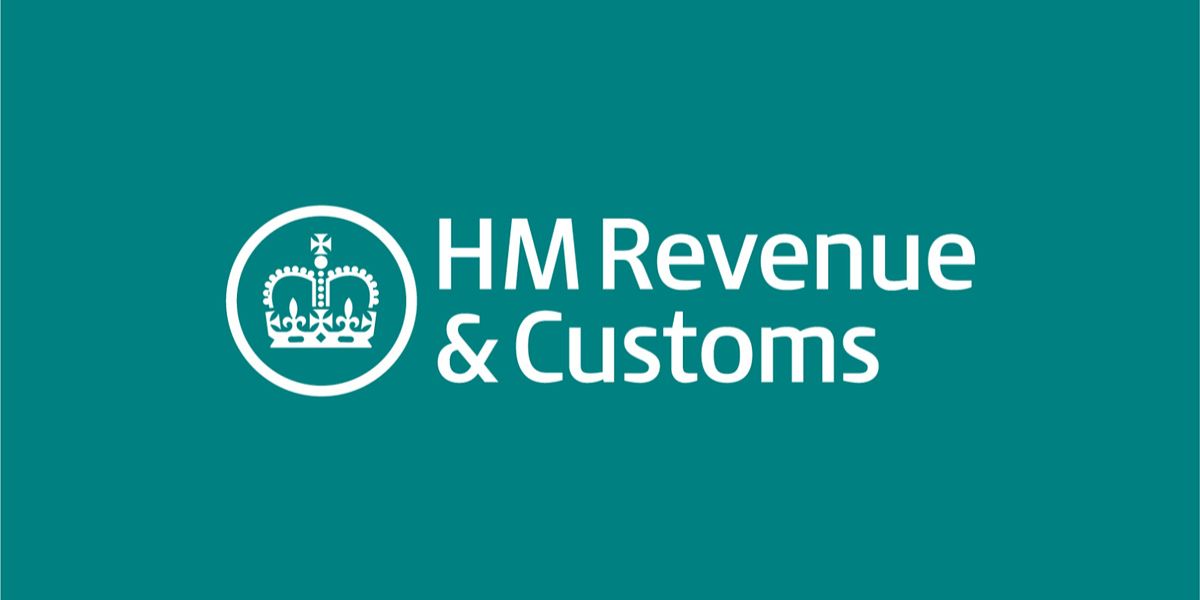On 25 November 2020 HMRC published the preliminary estimate of the value added tax (VAT) gap for 2019/20.
The VAT gap indicates the VAT lost for various reasons and is measured as the difference between the amount of VAT actually collected and the amount that could theoretically be expected to be collected on the basis of a country’s economy and VAT legislation. The VAT gap in the UK for 2019/20 is estimated at GBP 11.7 billion or 8% of VAT total theoretical receipts. This is based on a net VAT total theoretical liability of GBP 146.6 billion and adjusted actual net VAT receipts of GBP 134.9 billion.
The 2019/20 estimate includes an adjustment for the deferral of VAT payments in March 2020 owing to the Covid-19 pandemic.
Components of the VAT Gap
The VAT gap can arise as a result of VAT fraud, evasion and avoidance, but can also be increased by arrears of VAT payments. The VAT gap is affected by factors relating to the current economic environment and the measures taken by the tax administration. The gap may be affected by the level of GDP growth in the period and other macroeconomic conditions, which can explain variances over time.
In relation to factors that can be controlled by the tax administration, the proportion of IT expenditure is generally significant in explaining the size of the VAT gap. Also relevant are the values of risky imports of goods, that can provide an opportunity for VAT fraud.
MTD for VAT
Making Tax Digital for VAT was launched in April 2019. Businesses with a taxable turnover above the VAT threshold must now use digital record-keeping tools and use those tools as a basis for submitting their VAT return data using software compatible with Making Tax Digital. By introducing Making Tax Digital the UK is aiming to reduce the tax gap caused by error and by failure to take reasonable care which cost the Exchequer billions each year.
Methodology
The VAT gap methodology uses a ‘top-down’ approach. Top-down methodologies providing a single estimate based on statistics for national consumption are based on data sources such as the national accounts. The data can be used to arrive at an estimate of the overall VAT gap but do not in themselves indicate the causes and components of the gap. Further analysis of the data is therefore required to support compliance management.
By contrast bottom-up methodologies are used to compute the tax gap for certain other taxes in the UK such as individual income tax. In this case the components of the gap are estimated separately for different taxpayer groups and for different types of non-compliance. The data used is generally gathered by the tax administration from tax returns, audits, surveys and enquiries. The data gained using bottom-up methodologies is then extrapolated for the whole population to arrive at a result for the relevant component of the tax base.















